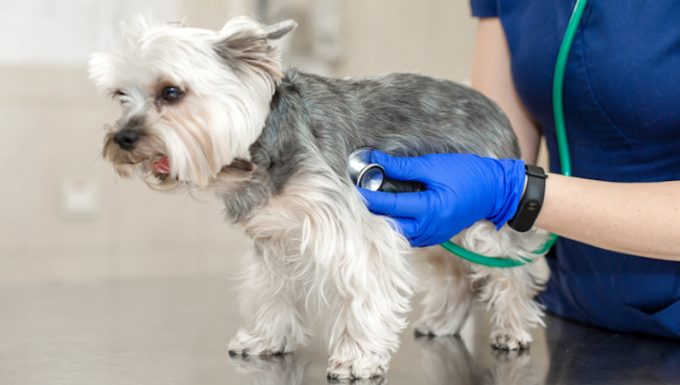Congestive cardiomyopathy in dogs happens when the left side of the heart cannot pump blood around the body. The condition is often genetic.
Unfortunately, there is no cure for the condition. Although lifestyle changes can help to manage the condition.
If you see the signs of congestive cardiomyopathy in your dog, then get to a veterinarian for a proper diagnosis…









